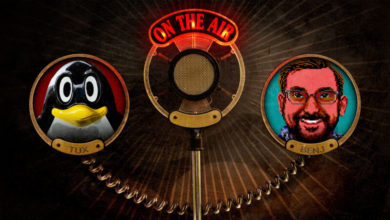IoT harmony? What Matter and Thread really mean for your smart home

Enlarge / Matter promises to make smart home devices work with any control system you want to use, securely. This marketing image also seems to promise an intriguing future involving smart mid-century modern chairs and smart statement globes. (credit: CSA)
The specification for Matter 1.0 was released on Tuesday—all 899 pages of it. More importantly, smart home manufacturers and software makers can now apply for this cross-compatibility standard, have their products certified for it, and release them. What does that mean for you, the person who actually buys and deals with this stuff?
At the moment, not much. If you have smart home devices set up, some of them might start working with Matter soon, either through firmware upgrades to devices or hubs. If you’re deciding whether to buy something now, you might want to wait to see if it’s slated to work with Matter. The first devices with a Matter logo on the box could appear in as little as a month. Amazon, Google, Apple, and Samsung’s SmartThings division have all said they’re ready to update their core products with Matter compatibility when they can.
That’s how Matter will arrive, but what does Matter do? You have questions, and we’ve got… well, not definitive answers, but information and scenarios. This is a gigantic standards working group trying to keep things moving across both the world’s largest multinational companies and esoteric manufacturers of tiny circuit boards. It’s a whole thing. But we’ll try to answer some self-directed questions to provide some clarity.





